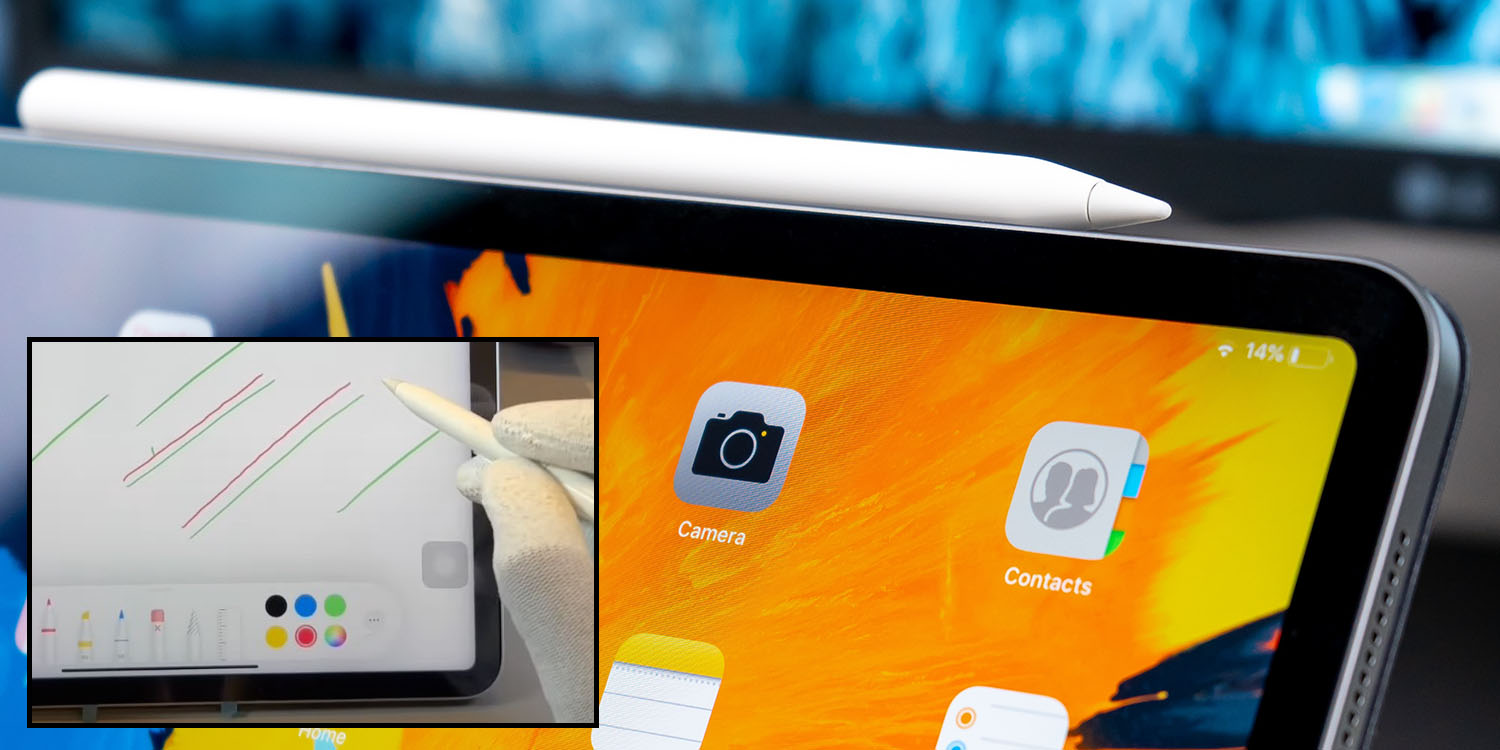
iPad owners who had the screen replaced by a third-party service center are reporting that an Apple Pencil problem occurs afterward – and it appears to be a deliberate move on Apple’s part.
To be clear, the issue isn’t limited to aftermarket displays: It happens when a genuine Apple screen is pulled from one iPad and fitted to an identical model …
Arstechnica reports that the problem was identified by UK repair firm iCorrect. A customer brought in an iPad with a partly broken screen. The rest of the screen still worked, and the Apple Pencil worked perfectly with it.
iCorrect then fitted a screen from another iPad – an identical model, which had an unrelated fault relegating it to use for spares – and the Apple Pencil no longer worked properly. When you drew a diagonal line, it appeared jagged, rather than straight.
The company suspected that this might be another case of Apple tying a specific chip to a specific screen, to block aftermarket repairs, and put the theory to the test by pulling a display memory chip from the spare iPad and fitting that. This did indeed solve the problem – as you can see in the video below.
Ricky Panesar, CEO of UK repair firm iCorrect [said] that screens replaced on newer iPad Pros (fifth and sixth-generation 12.9-inch and third and fourth-generation 11-inch models) do not deliver straight lines when an Apple Pencil is used to draw at an angle. “They have a memory chip that sits on the screen that’s programmed to only allow the Pencil functionality to work if the screen is connected to the original logic board.”
This practice, of pairing different components such that they only work with each other, is known as serialization (as it works by linking the serial number of a device to the serial number of a component within it).
It previously came to light with both Touch ID and Face ID. With the iPhone 12 and 13, for example, replacing the display meant that Face ID would stop working, because a screen controller chip is paired to the serial number of the phone.
Apple initially claimed this was for security reasons, but later backtracked after it was called out by iFixit and others as a method for the company to force people to buy a new iPhone. Even then, it was initially limited to Apple Stores and authorized service centers before a software tool was made available to other repair shops.
One campaign group in France says that serialization is actually illegal there, under a 2021 law designed to ensure that any repair shop can fix devices to prevent them being turned into electronic waste. Elsewhere, it is another example of Apple making life difficult for DIY and third-party repairs.
Apple had not responded to a request for comment on the Apple Pencil problem at the time of writing.
FTC: We use income earning auto affiliate links. More.





Comments